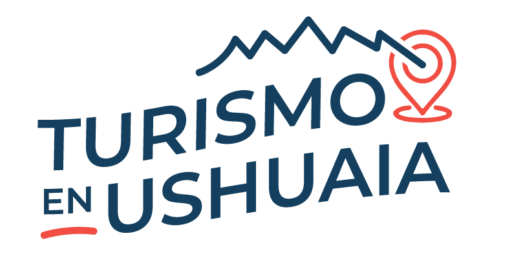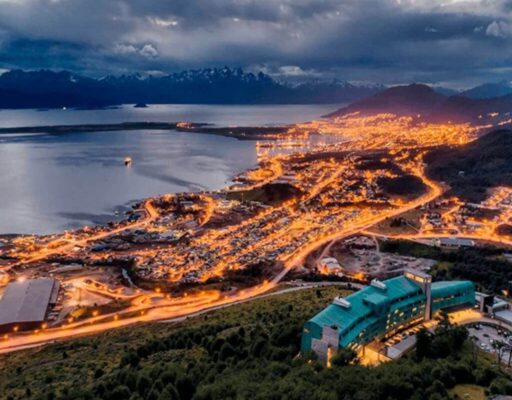Frequently asked questions about Tierra del Fuego
Categorías: Fuegian History

Everything you need to know about the province of Tierra del Fuego
Why the name Tierra del Fuego?
Although there is no mention of the explanation in the chronicler’s work, it is not mentioned. Antonio de Pigafetta: “The first trip around the world” (1524) about the expedition carried out by Ferdinand Magellan; the author is credited with having coined the curious name for the southern lands that joined the Atlantic and Pacific oceans, given that from the ships huge and constant bonfires could be seen.
What does Ushuaia mean?
Ushuaia is a word
Yaghán
o
Yámana
which means “bottom bay” or “deep bay”. This is what the natives called the bay and is what gives the city its name.

When was Ushuaia founded?
The South Atlantic Expeditionary Division, under the command of Navy Colonel Augusto Lasserre, arrived in Ushuaia and settled two kilometers away from where the Anglican mission was located to the east, its four wooden buildings were opened on October 12, 1884. Although this act was not of a foundational nature, this date is taken as the birth of Ushuaia.
Subsequently, the city of Ushuaia was declared capital of the province through a decree celebrated on May 19, 1904.
At present, at the intersection of Lasserre Street and Av. An obelisk in commemoration of the first hoisting of the Argentine flag in Ushuaia is located in the Plaza Cívica.

What year was the Presidio built?
Construction of the prison began in 1902 and was completed in 1920, operating until 1947.
Initially it was a military prison established on Isla de los Estados in San Juan de Salvamento between 1884 and 1889. It was moved to Puerto Cook, a different location on the same island, in 1900, and in 1902 it was again moved to Bahía Golondrina on Isla Grande de Tierra del Fuego while construction began on its present location.
What ethnic groups inhabited Tierra del Fuego and its surroundings?
- Pedestrian hunters: Selk’nam and Manekenk: the Selk’nam were distributed in the northern area of Tierra del Fuego and the Manekenk or Haush occupied the eastern area of the island called Peninsula Mitre.
Being hunters, the Selk’nam migrated within their Haruwen, which were territories that divided their lands. In this sense, they had to remain within the limits of their territory, finding there what they needed to subsist.
Their food consisted of Guanaco, Red Fox and Tuco Tuco rodents. They hunted with bow and arrow.
Their clothing offered the main function of protection against the wind and was a cloak made of guanaco skins that they wore loosely so that they could quickly get rid of it in case of rain, avoiding getting wet and wearing wet clothes.
- Magellanic Canoeists: Yámana and Alakaluf:
The Yámanas inhabited the coasts of the Beagle Channel and its surroundings, with the limit at Cape Horn. The Alakaluf were located to the west, occupying the islands of the Strait of Magellan and the south of the continent (current Chilean territory). In Chile, this group is known as Kaweskar.
As clothing they wore capes that could be small, covering the upper part of the back, or long, covering the shoulders and part of the chest.
Their main food was sea lions of one and two hairs present in the Fuegian channels, although they also fed in smaller proportions on mussels, due to the lower caloric value they provided.
These groups spent much of their time sailing, building canoes from the bark of wood they extracted from the forest.
As for their housing, they built huts on the coast, measuring between 1.20 and 1.50 meters.

The weather in Tierra del Fuego
The climate in this province is subpolar. However, temperatures are not as low as in similar latitudes in the extreme north of the Earth due to the influence of the oceanic mass surrounding the island. Humidity and cold are predominant; there may be a considerable climatic variation in the same day, so it is necessary to have adequate clothing to face rain and strong winds.
How to dress in Ushuaia?
The warmest days in the city usually occur during the summer season in the Southern Hemisphere during the months of December, January and February.
During the winter months, temperatures in the city can be as low as -12º Celsius. At this time it is recommended to have a waterproof jacket, waterproof shoes, hat, gloves and warm clothes to wear as layers, since the interiors of stores, restaurants, hotels, among others, are well heated.
In the case of not having any of these garments, there are stores where you can rent outdoor equipment in Ushuaia.
rent outdoor equipment in Ushuaia
. In Tourism in Ushuaia we have a complete guide about
what to wear to Ushuaia
according to the season in which you travel that will surely be very useful.
Is it true that it is possible to pay without VAT in Ushuaia?
That’s right! Tierra del Fuego Island is exempt from paying certain taxes such as VAT (Value Added Tax), so it becomes a great opportunity to buy products for personal use or for gift purposes for when you return from your trip to Ushuaia. So that you can plan your purchases in advance, visit our exclusive section of stores in Ushuaia for tax-free shopping.
Plan your trip to Ushuaia:
- Visit
the best lodgings in Ushuaia
- What are
the best restaurants in Ushuaia
- Rent a car in Ushuaia
- Discover
the must-see excursions in Ushuaia
- The most searched stores in Ushuaia
- Unmissable offers in
tours in Ushuaia





